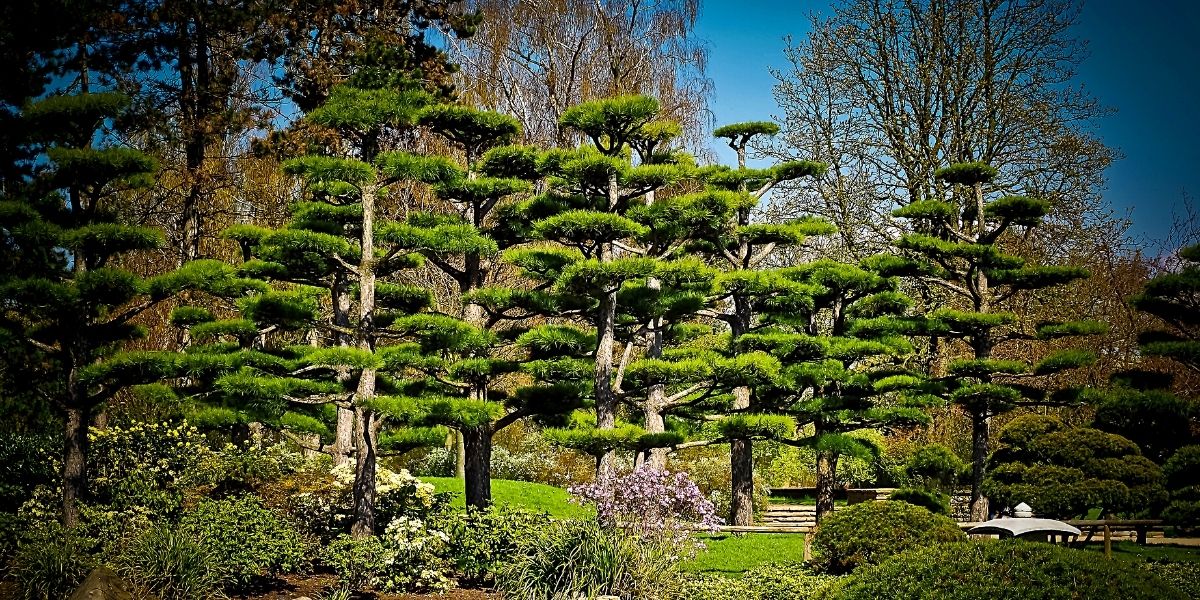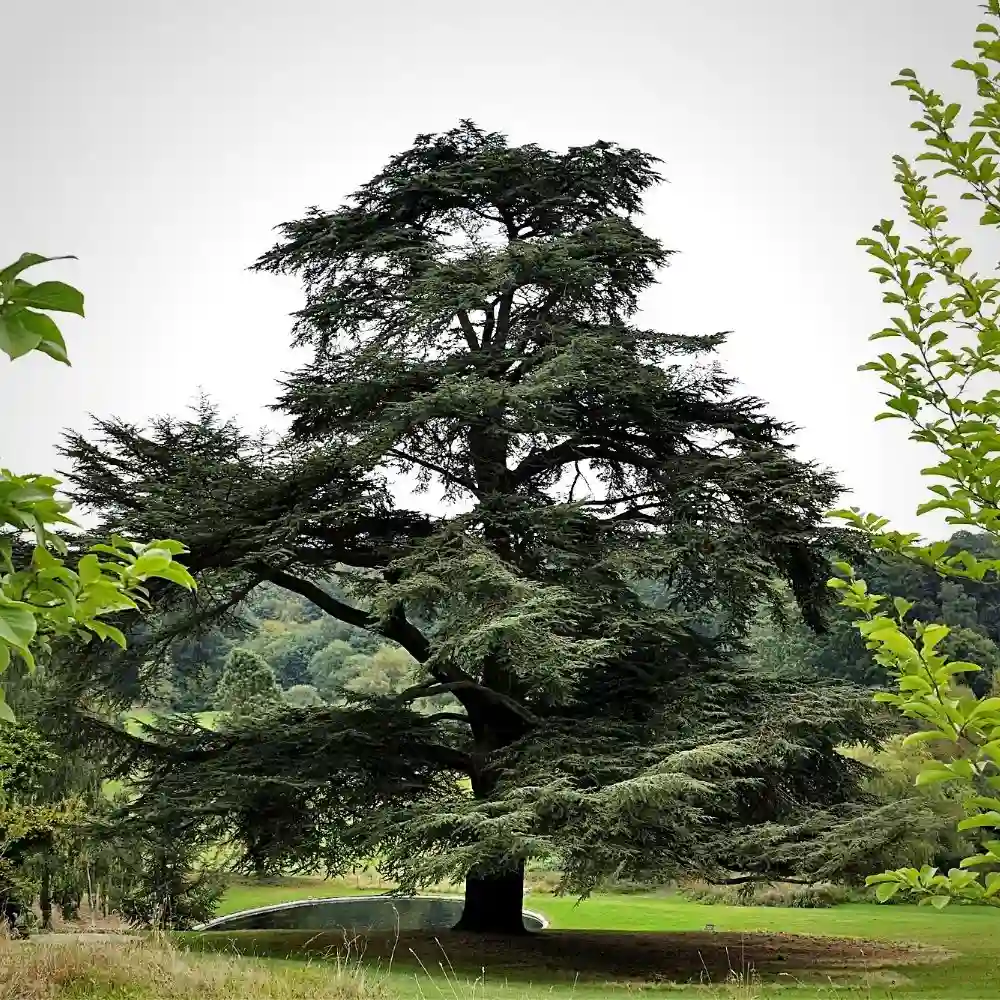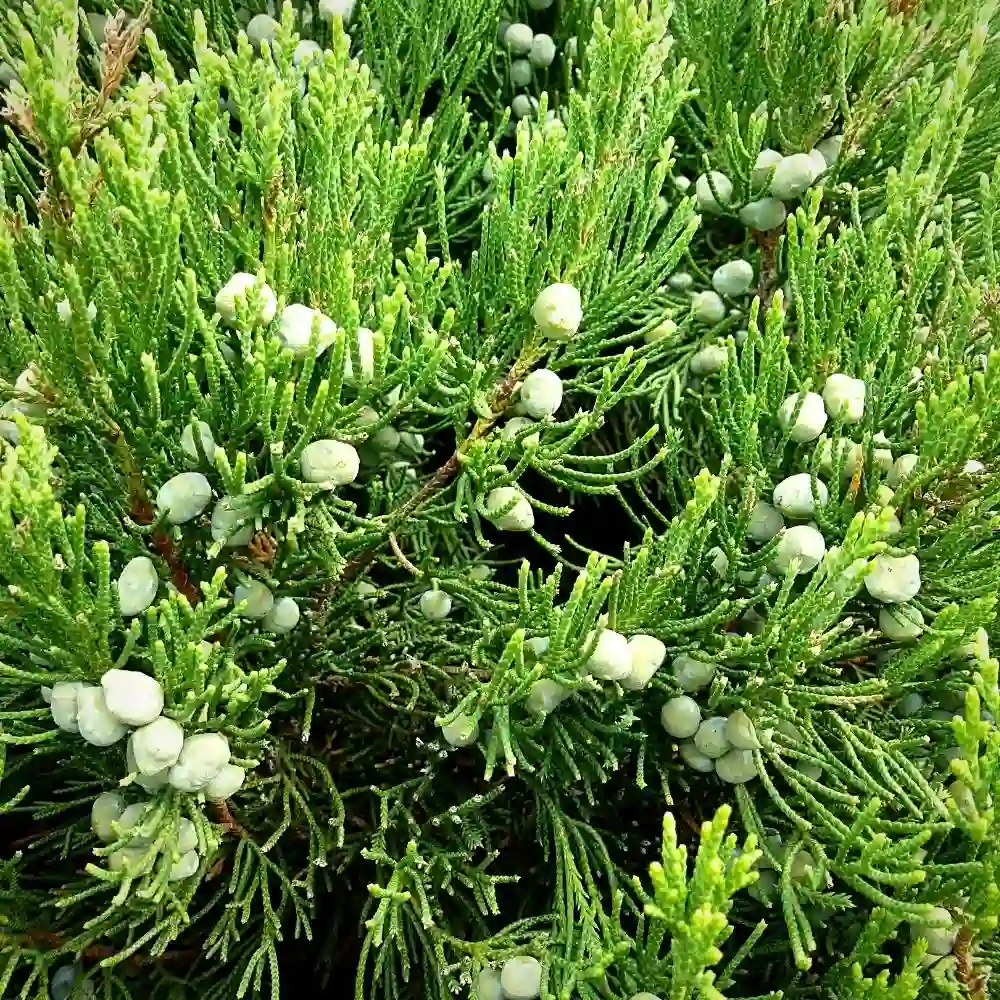
Cedar Tree
Plant Outdoor Flowering Plants
Looking to add a touch of natural beauty to your garden? Consider the majestic and timeless <strong>cedar tree</strong>. With its distinct red hue and graceful branches, the <strong>red cedar tree</strong> is sure to make a statement in any landscape. Alternatively, you may opt for the <strong>cedar of lebanon tree</strong> with its unique triangular-shaped canopy and aromatic wood. These are just a few examples of the diverse <strong>cedar tree types</strong> available, each offering its own charm and character. Whether you’re seeking shade, privacy, or simply a stunning focal point, a <strong>cedar tree</strong> is an excellent choice.

Are you ready to explore the world of breathtaking trees? Look no further than the majestic red cedar tree. This magnificent tree will leave you in awe of its grandeur and beauty. Join us on an exciting journey as we delve into the wonders of this remarkable plant.
The red cedar tree holds a special place in our hearts and in nature. Originating from North America, this evergreen species has become a symbol of strength and protection. With its vibrant foliage and distinctive fragrance, the red cedar tree captivates all who encounter it.
These towering trees can reach heights of up to 50 feet and boast a striking reddish-brown bark. The needle-like leaves are deep green, providing a lush appearance throughout the year. It's no wonder that the red cedar tree has become a popular choice for landscaping and as an ornamental plant.
Aside from its remarkable appearance, the red cedar tree holds significant cultural and historical value. Native American tribes revered this tree for its versatility, using its wood to construct homes, canoes, and other essential items. Even today, the red cedar tree continues to be admired and respected for its numerous beneficial qualities.

Transport yourself to the enchanting landscapes of the Middle East with the cedar of Lebanon tree. Known for its regal appearance and rich history, this tree exudes a sense of timeless elegance.
The cedar of Lebanon tree, scientifically known as Cedrus libani, is native to the mountainous regions of Lebanon, Syria, and Turkey. Its majestic branches stretch heavenward, creating a captivating silhouette against the sky.
This magnificent tree has been revered for centuries and holds immense cultural and symbolic significance. In ancient times, the cedar of Lebanon tree was used to construct grand structures such as palaces, temples, and ships. It even found its way into biblical texts, symbolizing strength, endurance, and protection.
Nowadays, the cedar of Lebanon tree continues to awe people with its beauty and grace. It is often planted in parks, gardens, and large estates, providing a touch of exotic elegance wherever it grows.
When it comes to cedar tree types, the world is blessed with marvelous diversity. From the towering red cedar to the regal cedar of Lebanon, each variety of this cherished tree offers its own unique charm.
Some other notable cedar tree types include:
These cedar tree types, along with many others, contribute to the beauty and diversity of our natural world. Each one has its own characteristics that make it a cherished part of our landscapes and gardens.
One of the reasons why people adore cedar trees is their versatility. They can thrive both indoors and outdoors, depending on the specific variety and climate. Let's explore how these stunning trees make a statement in various settings.
Indoors, cedar trees bring a touch of nature, elegance, and serenity to any space. Their lush foliage and intoxicating fragrance create a calming atmosphere, making them an ideal choice for home decor. Whether placed in a living room, office, or bedroom, the presence of a cedar tree adds a sense of tranquility and natural beauty to the surroundings.
In tropical climates, cedar trees shine as outdoor plants. With their ability to thrive in warm and humid conditions, these trees create a lush and tropical ambiance in gardens, parks, and landscapes. Their towering presence and vibrant foliage make them a popular choice among landscapers and garden enthusiasts worldwide.

Furthermore, cedar trees are highly sought-after for their durability, making them a valuable investment. They can withstand various environmental conditions and are resistant to pests and diseases, making them a low-maintenance addition to any outdoor space.
Sunlight
Red cedar trees thrive in full sun conditions, receiving at least six hours of direct sunlight each day. They are well-suited for open spaces where they can bask in the warm rays of the sun and grow to their full potential.
Water
Established red cedar trees are relatively drought-tolerant and require minimal watering. However, young trees benefit from regular watering during dry spells to establish a strong root system. Water deeply, but allow the soil to dry out between watering sessions.
Humidity
Cedar trees are adaptable to different humidity levels and can thrive in both dry and humid environments. However, maintaining moderate humidity levels can help prevent pest issues and keep the foliage looking lush and vibrant.
Temperature
Cedar trees are hardy and can withstand a wide range of temperatures. They are well-suited for USDA hardiness zones 2 to 9, making them a versatile option for various climates.
Soil
Cedar trees prefer well-draining soil with a slightly acidic to neutral pH. They can tolerate a range of soil conditions, including sandy or clay soils, as long as proper drainage is provided.
Propagation
Red cedar trees can be propagated through seeds or cuttings. Seeds should be stratified before planting to enhance germination. Cuttings can be taken during the dormant season and rooted in a well-draining rooting medium.
Common Problems and Pests
Cedar trees are generally resistant to pests and diseases. However, certain issues can arise, including cedar-apple rust, bagworms, and spider mites. Regular monitoring, proper sanitation, and timely intervention can help keep these issues at bay.
By providing the right care, you can ensure the health and longevity of your red cedar tree. Through nurturing this remarkable gift from nature, you will enjoy its beauty and benefits for years to come.
Profile image by karinkarin, header image by 652234, featured image by @persicanursery
Subscribe to the
newsletter, and get
bedazzled with awesome
flower & plant updates